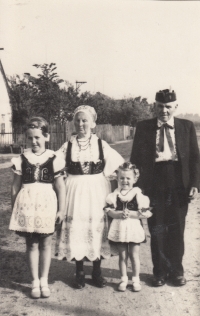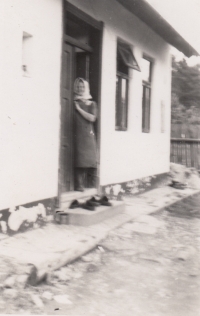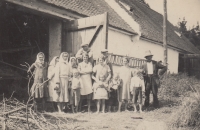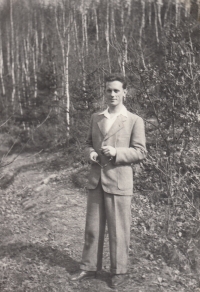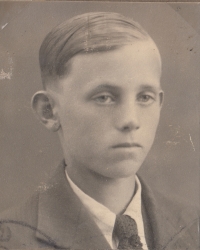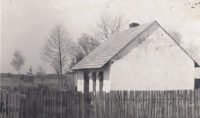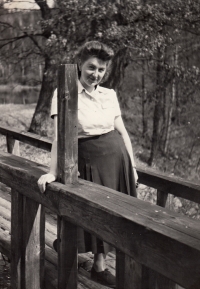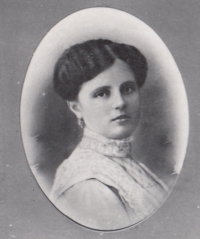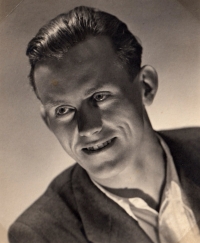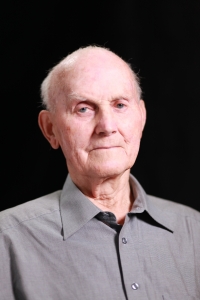We were poor, but we had each other

Stáhnout obrázek
Jaroslav Pánek was born on 6 November 1926 in Vlkov u Veselí nad Lužnicí. He grew up in penurious conditions. He went to school in his native village, from where he was transferred to a municipal school in Veselí nad Lužnicí. From 1941 till 1945, he apprenticed as a photographer in the studio of Jan Pelnář in Soběslav, where he worked thereafter. After his workplace was nationalized in 1951, he became its director. From 1955 to 1960, he photographed in the communal services in Tábor. He spent the next twenty-seven years working as a reproduction photographer for Geodézie in České Budějovice. In 1952, he married Marie Dvořáková, and they had two daughters. In 2020, Jaroslav Pánek was living in České Budějovice.
